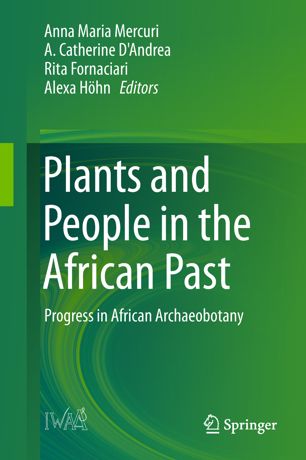

Most ebook files are in PDF format, so you can easily read them using various software such as Foxit Reader or directly on the Google Chrome browser.
Some ebook files are released by publishers in other formats such as .awz, .mobi, .epub, .fb2, etc. You may need to install specific software to read these formats on mobile/PC, such as Calibre.
Please read the tutorial at this link: https://ebookbell.com/faq
We offer FREE conversion to the popular formats you request; however, this may take some time. Therefore, right after payment, please email us, and we will try to provide the service as quickly as possible.
For some exceptional file formats or broken links (if any), please refrain from opening any disputes. Instead, email us first, and we will try to assist within a maximum of 6 hours.
EbookBell Team

0.0
0 reviewsThere is an essential connection between humans and plants, cultures and environments, and this is especially evident looking at the long history of the African continent. This book, comprising current research in archaeobotany on Africa, elucidates human adaptation and innovation with respect to the exploitation of plant resources. In the long-term perspective climatic changes of the environment as well as human impact have posed constant challenges to the interaction between peoples and the plants growing in different countries and latitudes. This book provides an insight into/overview of the manifold routes people have taken in various parts Africa in order to make a decent living from the provisions of their environment by bringing together the analyses of macroscopic and microscopic plant remains with ethnographic, botanical, geographical and linguistic research. The numerous chapters cover almost all the continent countries, and were prepared by most of the scholars who study African archaeobotany, i.e. the complex and composite history of plant uses and environmental transformations during the Holocene.